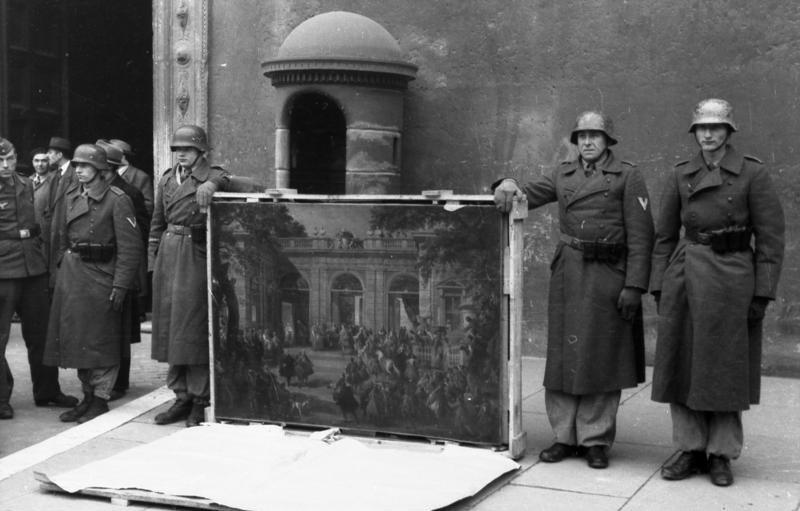Belgium's museums still feature “orphan works” – the name given to artwork obtained from dubious or unknown sources – according to an investigation by De Standaard. Among them, pieces looted by Nazi Germany, many stolen from Jews.
Unlike other European countries, Belgium has no official register to establish the true origin of orphaned artwork. As a result, looted pieces have for decades gone unnoticed in the collections of Belgian galleries.
Belgian journalist Geert Sels investigated the archives of Koblenz, Paris, and the Hague in his research for a new book that tracks the origin of artwork looted by Nazi authorities.
In total, it identifies nine paintings and thirteen works that were looted from Belgian private collections by Nazi authorities and have now ended up in the possession of Belgium museums.
Looted and traded away
Much of this artwork was looted during the Nazi occupation of Belgium in 1940-1945, but pieces started being taken much earlier. Upon Hitler’s rise to power in 1933, a wave of Jewish refugees arrived in Belgium seeking protection.
These refugees attempted to obtain documents or money by offering pieces of art to museums or by selling them at a low price. The book cites two examples (Paul Rosethal and Moritz Lindemann) who sold paintings under these forced conditions. One Antwerp curator bragged that he was able to buy works “at advantageous prices” in this way.
The Museum of Fine Arts in Brussels received several works from the Seegall family in exchange for a visa. Lindemann offered two paintings to the museum but still fell victim to the Nazi death camps.
The Nazis also directly liquidated the collection of Belgian art dealers, many of them Jewish. Samuel Hartvely, a collector from Antwerp, had his collection seized by the Nazis. One of his paintings, a work by Gaspar de Crayer, was later bought by the Bijloke museum in Ghent.

Le portrait de Ludwig Adler Credit: SABAM Belgium 2021
Another work, Le portrait de Ludwig Adler by Austrian artist Oksar Kokschka, still hangs in the Ghent museum despite calls for it to be returned to the Von Klemperer family. In 2011, the restitution of the artwork was refused by the city of Ghent.
The hunt for looted art
The Museum of Fine Arts in Brussels has already responded to calls to return looted property. The administration states that it is committed to establishing ownership and returning looted works. Last February, it returned a painting by Lovis Corinth to its rightful owner.
A room within the museum has been devoted to the issue of looted artwork. The program, called ProfEnhance, aims to study the dubious provenance of artworks acquired since 1933.
“Any new revelations that advance this theme are welcome and to be applauded,” the museum said.
Related News
- Climate protesters stick themselves to Warhol art in Australia
- Belgian artist unveils 'largest public light sculpture ever' in Saudi Arabian desert
During the Second World War, artworks and cultural heritage were looted from Belgium. Some of the most famous include the Ghent Altarpiece (Adoration of the Mystic Lamb) and the Madonna of Bruges. Both were recovered from their hiding spot at the end of the war in Altaussee salt mine in Austria. Looted artwork still turns up in private collections across the world today.
Sels' book is set to be translated into French at the start of next year. The Dutch edition can be purchased online or at most major Belgian retailers.

